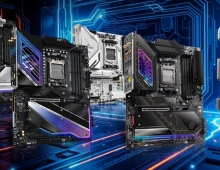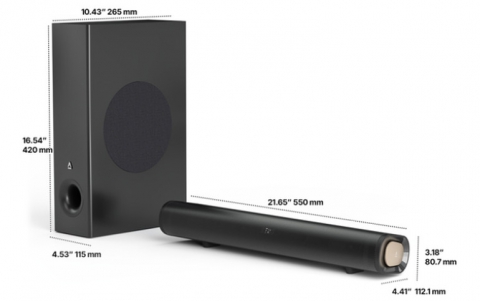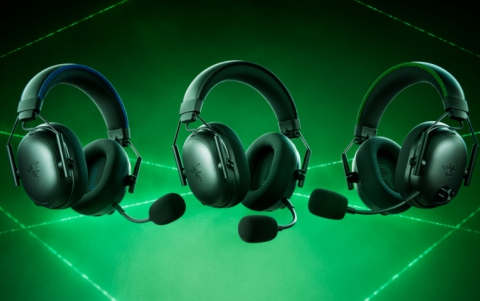
AMD Announced Low-power Athlon X2 Processors For NAS Market
At the Storage Networking World conference AMD today announced availability of the first Reference Design Kit (RDK) for the Storage Bridge Bay (SBB) 2.0 Specification based on the AMD Athlon processor.
This RDK can simplify the design process and provide a standardized platform powered by AMDs Direct Connect Architecture. AMD also today announced an expansion of its embedded product offerings with three new, low power AMD Athlon X2 Dual-Core processors for embedded system designs.
"AMD is focused on enhancing opportunities for innovation among partners and customers by promoting open industry standards. This SBB RDK could help our customers reduce the typical design cycle by three to nine months," said Buddy Broeker, director of Embedded Computing Solutions, AMD. "Further, the new low power additions to our embedded line-up provide system designers simplicity and flexibility to create innovative, high-performing embedded systems powered by the exceptional performance-per-watt and energy-efficiency of AMD processor technology."
AMDs new SBB RDK provides storage vendors with a configurable platform with the high data throughput capabilities of AMD Athlon and AMD Athlon X2 Dual-Core processors featuring Direct Connect Architecture and HyperTransport technology. It allows them to differentiate their systems based on customer needs while addressing the need for high memory and I/O bandwidth in networked storage environments. The RDK supports Network Attached Storage (NAS), Storage Area Networks (SANs), Unified Storage systems, as well as all major interface connectivity options including GigE, 10GigE, Fibre Channel, and Infiniband. The RDK includes schematics and layout source files, with reference design hardware to be available from AMD partner Newisys Data Storage.
AMD also announced the addition of three new low power AMD Athlon X2 Dual-Core processors to its embedded product roadmap. The new AMD Athlon X2 Dual-Core processor Models 3400e, 3600+ and 4200+ deliver greater levels of performance in the same low-power envelopes of 22, 35, and 35W maximum thermal design power, respectively, the company claims.
The new processors are designed to be paired with the AMD M690E chipset. They can also be combined with other chipsets including the Broadcom HT-2100 and HT-1000 chipsets for performance-hungry yet designs. Availability is expected in the second quarter of 2008 with embedded industry-standard component longevity of 5 years.
"AMD is focused on enhancing opportunities for innovation among partners and customers by promoting open industry standards. This SBB RDK could help our customers reduce the typical design cycle by three to nine months," said Buddy Broeker, director of Embedded Computing Solutions, AMD. "Further, the new low power additions to our embedded line-up provide system designers simplicity and flexibility to create innovative, high-performing embedded systems powered by the exceptional performance-per-watt and energy-efficiency of AMD processor technology."
AMDs new SBB RDK provides storage vendors with a configurable platform with the high data throughput capabilities of AMD Athlon and AMD Athlon X2 Dual-Core processors featuring Direct Connect Architecture and HyperTransport technology. It allows them to differentiate their systems based on customer needs while addressing the need for high memory and I/O bandwidth in networked storage environments. The RDK supports Network Attached Storage (NAS), Storage Area Networks (SANs), Unified Storage systems, as well as all major interface connectivity options including GigE, 10GigE, Fibre Channel, and Infiniband. The RDK includes schematics and layout source files, with reference design hardware to be available from AMD partner Newisys Data Storage.
AMD also announced the addition of three new low power AMD Athlon X2 Dual-Core processors to its embedded product roadmap. The new AMD Athlon X2 Dual-Core processor Models 3400e, 3600+ and 4200+ deliver greater levels of performance in the same low-power envelopes of 22, 35, and 35W maximum thermal design power, respectively, the company claims.
The new processors are designed to be paired with the AMD M690E chipset. They can also be combined with other chipsets including the Broadcom HT-2100 and HT-1000 chipsets for performance-hungry yet designs. Availability is expected in the second quarter of 2008 with embedded industry-standard component longevity of 5 years.





















